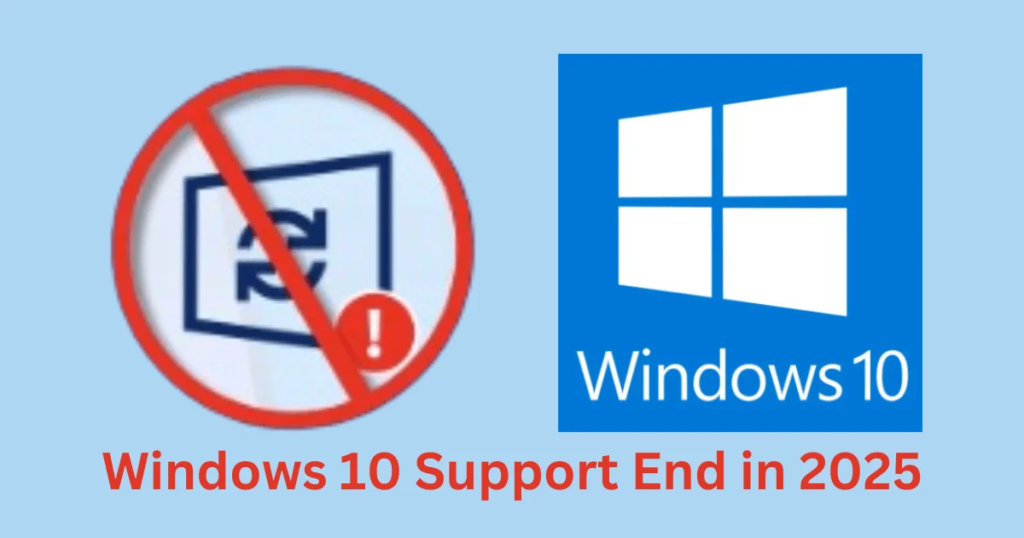The countdown has started. Windows 10 Support Ends, the operating system that’s boosted millions of PCs around the world, is also looking at its official end-of-support (EOL) date. That means: no more security updates, bug fixes, or technical hotlines to Microsoft. If you still have a system with Windows 10, you have to realize what this means and take the necessary steps to protect your data while keeping a secure computing environment.
The absence of supporting an end-use becomes important?

When Microsoft finally stopped the support of any operating system, it ceased to launch any security updates for that operating system. Following are the threats to drain your PC:
Security Threats: Without security patches, your system is easily left with abundant room for intrusion from malware, viruses, and other cyber-security-related threats.
Compatibility Issues: Unsupported operating systems may encounter troublesome issues while proposing new software or hardware support.
Lack of Technical Support: Whenever there are issues to talk about, there is no help from Microsoft.
Performance Issues: The aged operating system might become unstable and start losing on performance gradually without any updates.
Key Dates and Deadlines
It matters for you to know when precisely Windows 10 support ends. This particular date may differ slightly depending upon the respective windows 10 edition, but the one key date you need to remember is:
General End of Support: October 14, 2025
Upgrade Choices
As the support for Windows 10 will end soon, you could opt for several options:
1. Upgrade to Windows 11

This is the option recommended for most users. Windows 11 also improves security, boosts performance, and has a modern user interface.
Compatibility Check: Before upgrading, ensure your PC meets the Windows 11 system requirements. Microsoft also has a compatibility tool to help you determine if your system is eligible.
Data Backup: Back up your important data before major upgrades to your system.
2. Buy a New PC

- If your PC fails to meet the requirements for Windows 11, then you might want to look for a new computer with Windows 11 pre-installed.
- This is a great time to buy updated hardware and enhanced performance.
3. Exploring alternative operating systems:
- If alternative operating systems appeal to the user, he/she might find Linux distributions an option. Linux offers a safe and configurable environment.
- This might be less common, though more technical expertise is involved.
Preparing for an Upgrade

Backup Data: First of all, take all the important files, documents, photos, and videos backup before you proceed with any changes in the system.
Check System Requirements: Confirm that your PC meets the basic system requirements of Windows 11.
Drivers Updated: Ensure that your device drivers are all up to date.
Free Up Storage Space: Obviously, keep enough free storage for the whole upgrade procedure.
Plan: Do not leave it to the last minute. Schedule your upgrade to avoid inconveniences.
Conclusion
This calls for the end of Windows 10 support, which is an important date in your calendar. Understand the potential consequences of not having a proper and proactive approach to avoid the disruptions and ensure a highly secure computing environment. Don’t wait until the last minute; upgrade now and protect your digital life.



